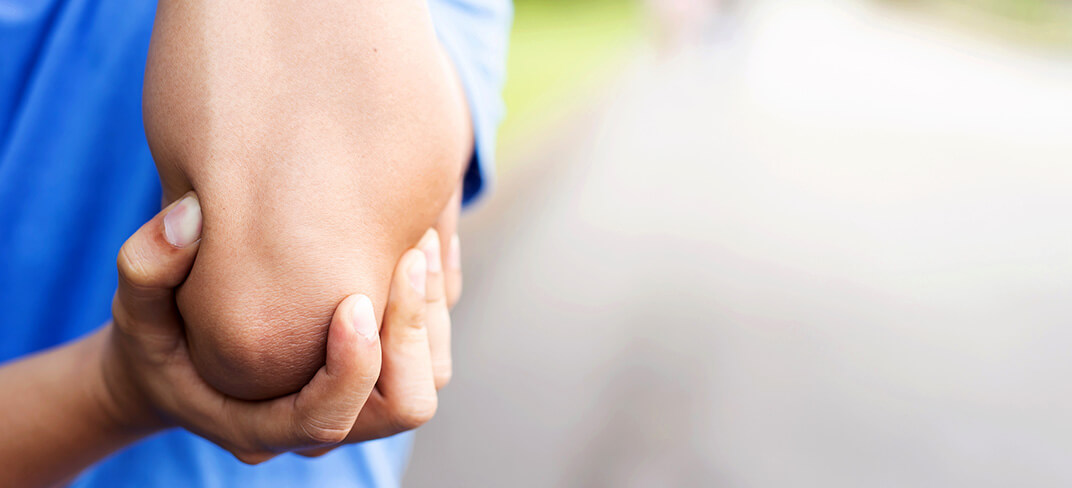What Is Nonoperative Orthopaedic Care?

If you experience an orthopaedic injury — that's an injury to your bones, muscles, joints, tendons, or other soft tissues — sometimes you need surgery to help you get moving again. But sometimes there are other alternatives.
Primary care sports medicine doctors and physiotherapists conduct non-operative orthopaedic care. These experts often work with orthopaedic surgeons.
Types of Nonoperative Treatments
There is a wide range of nonoperative orthopaedic treatments for acute and chronic conditions. Here are just a few of the most common ones:
- Physiotherapy — This is suitable either as a primary treatment for someone or in preparation for/recovery from surgery:
- Specialists work closely with physiotherapists to strengthen the muscles around an injury.
- This can increase mobility, and improve overall strength and balance.
- This therapy helps promote healing in the muscles and improves movement with less pain.
- Injections — There are injections that either serve to lessen pain or promote healing. Your consultant will discuss the best options for your specific case. Some options include:
- Corticosteroid: Typically accompanied by a local numbing agent, a corticosteroid injection is an anti-inflammatory medicine to reduce inflammation and pain. They are normally used for arthritis and other chronic conditions.
- Hyaluronic acid: This injection is commonly used in the knee where it acts as a shock absorber and lubricant. It's similar to a substance that is naturally produced by the body and helps the knee work better. It also helps reduce the pain and inflammation caused by arthritis.
- Platelet-rich plasma (PRP): Platelet-rich plasma (PRP): A PRP injection uses the growth factors from your own body to help heal an injury or ease chronic pain. Doctors draw blood from a vein in the arm. A machine separates it into blood, plasma, and other natural growth factors. They then use an ultrasound-guided injection to deliver it into the injured joint.
- Prolotherapy: Dextrose injections comprise of saline, dextrose, and at times, lidocaine. These injections deliver a solution that will trigger a natural healing process to repair the injured tissue.
- Bone marrow aspirate concentrate (BMAC): Typically injected using an ultrasound-guided technique, this injection uses growth factors from your bone marrow to help heal an injured or chronically painful area. The process involves:
- The physician draws bone marrow from the center of your bone (typically through the posterior side of the pelvis).
- The marrow goes in a machine and which spins to filter out bone, whole blood, etc.
- The physician uses an ultrasound-guided technique to inject this concentrate into the problem area to help it heal.
Sound wave therapy
A technique used in different areas of medicine, sound wave therapy is being applied to muscles and joints to promote a healing response. Using an ultrasound probe, sound waves travel through tissues reminding them to heal an injured tendon or chronic pain area. These are just some of the nonoperative options, and some treatments are a combination. After an evaluation, your consultant will talk to you about the best options for your condition, lifestyle, and goals. Other treatment options include oral or topical anti-inflammatory medicines.
A closer look at sound wave therapy
Sound wave therapy has been common in other areas of medicine for a long time. We'll look into what exactly sound wave therapy is and how it can help an injury to muscles or joints. Sound wave therapy doesn't penetrate the skin. It pulses sound waves through the body, stimulating growth and healing factors at the site of pain or damaged tissue.
This treatment is good for patients who have chronic tendinopathy of the elbows, hips, shoulders, or knees — or another chronic injury. Physicians conduct this treatment once a week for three weeks to start. While some patients notice an immediate effect, others notice benefits as treatment progresses.
There are some who do not benefit from this treatment and patients experience different levels of relief with this therapy. Your doctor or physio should discuss the next course of action if it isn't right for you.
Nonoperative orthopaedic care at UPMC
At UPMC we see a wide range of patients for these conditions. But you don't have to be an athlete to see one of our specialists! They care for active people of all ages and activity levels. You can self refer to one of our physiotherapists. Alternatively, ask your GP for a referral to see one of our sports medicine physicians or orthopaedic consultants at:
- UPMC Whitfield Hospital
- UPMC Kildare Hospital
- UPMC Aut Even Hospital
- UPMC Sports Surgery Clinic
We are long term partners of the HSE (Health Service Executive-HSE.ie) and private insurers. We work diligently to ensure everyone has access to high-quality health care, delivered in a timely fashion.